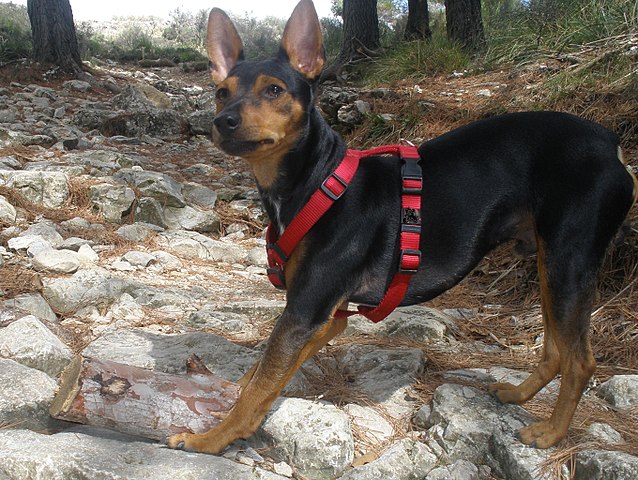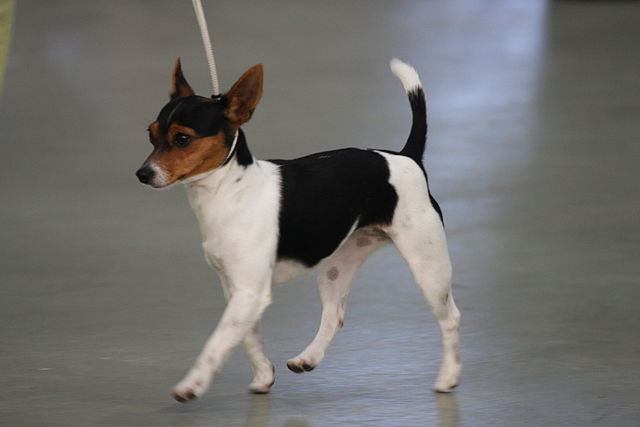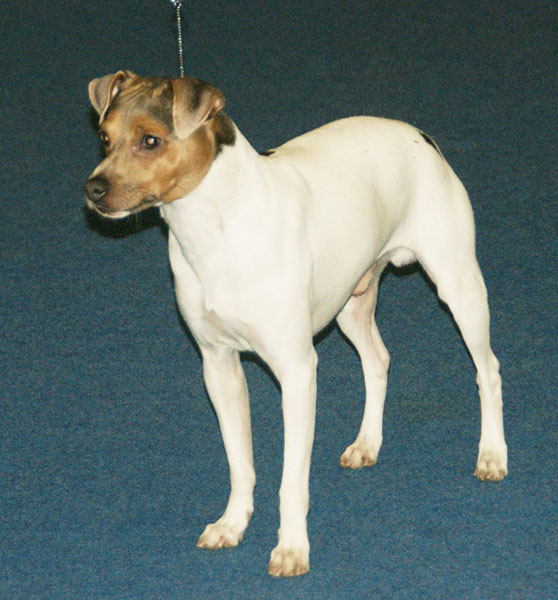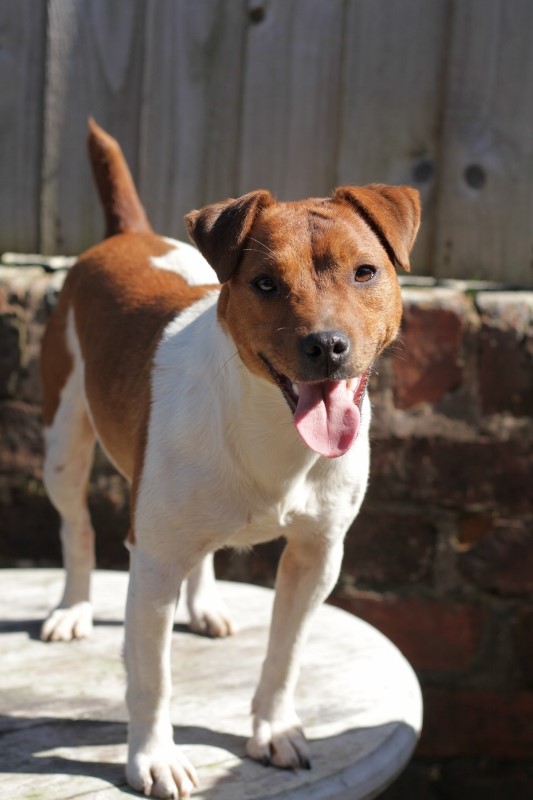The Cairn Terrier was created in the Scottish Highlands, bred to flush rodents out of rock piles (called cairns) and exterminate them. They were prized for their tenaciousness and courage, as well as their rugged coats and bodies. These intelligent terriers survived harsh climates and demanding work to become the dogs they are today. They retain this confidence, independence and self-assuredness today, and although are friendly and good-natured with people, may need some help rescuing them from themselves as they tend to get into trouble!
Generally easier to live with than some of the other terrier breeds, the Cairn Terrier can be a good dog to start with for a novice owner as long as the person is able to give them what they need. This includes dedicating enough time for training, exercise and grooming – in addition to plenty of family time (the breed doesn’t do well when left alone all day). In return, the Cairn is affectionate with people and gets along well with friendly dogs (although may have issues with dominant dogs).
Cairn Terriers also get along well with children. Despite their tiny size, they are sturdy and strong and not prone to getting hurt easily. For the dog’s own sake, very young children should be supervised when with the dog to make sure there is no teasing or bullying. These rough and tumble dogs are happy to race around with the kids outside and then come indoors to sit on a lap (at least for a few minutes – before they are off on another adventure)! Cheerful, active and busy are three terms often used to describe the breed.
Cairns tend to be healthy and long-lived, and often continue to be active and energetic well into their old age (14 or 15 is average, with many living longer). This includes digging – an activity that many never grow out of! They make excellent pets in just about any setting, including apartments. That said, they don’t thrive when kept outside all day, especially if they are kept tied out (a psychological and physical danger). If living in an apartment, make sure to walk the dog regularly and keep him on leash. Cairns have a high prey drive and are apt to chase small animals that move.
The shaggy, rugged coat of the Cairn often changes color as he ages – making it a bit of a guess what his final color may end up becoming! The coat is not difficult to care for although may take about 30-45 minutes a week to maintain, which also includes occasional stripping away of dead hair. These terriers don’t shed very much, especially as long as they are brushed regularly and bathed occasionally. Because many Cairns are allergic to flea bites, it is important to keep these parasites away.
Cairn Terriers are surprisingly sensitive, a trait that must be considered when it comes to obedience training. This said, while they should never be treated harshly, an owner must still be firm. Like most terrier breeds, a Cairn will tend to walk all over an owner who never establishes rules or boundaries. Untrained Cairns are also likely to become destructive or turn into problem barkers. It is recommended to appeal to the dog’s sense of curiosity when training and make the commands fun and exciting! Remember to be consistent but not too repetitive as these dogs may tend toward getting bored.
Cairns are super alert and tend to make great watchdogs! Some can be louder than others, with individuals on both the “quiet” as well as the “loud” spectrum. As these little dogs are filled with persistence, if they think that you really need to know that someone/something is outside, they will usually voice their opinion quite freely until you go to see what it is! Known for their independence, Cairn Terriers are not clingy dogs however they will enlist your attention if they think it is warranted!




